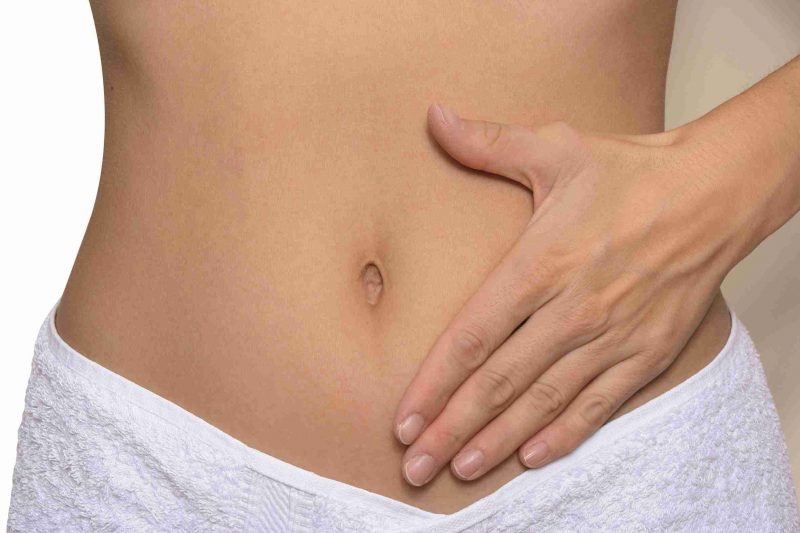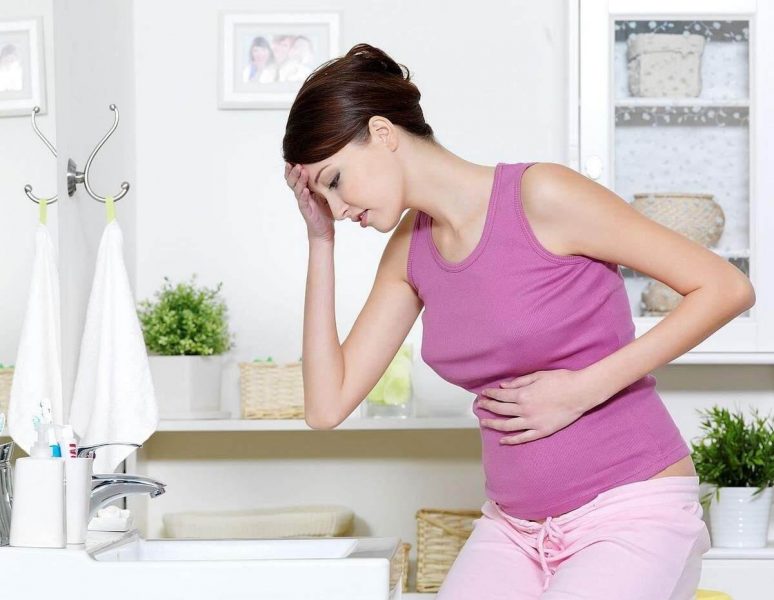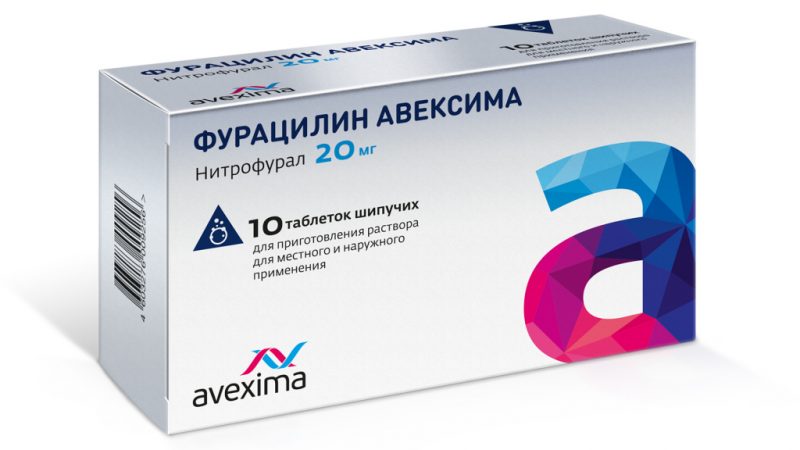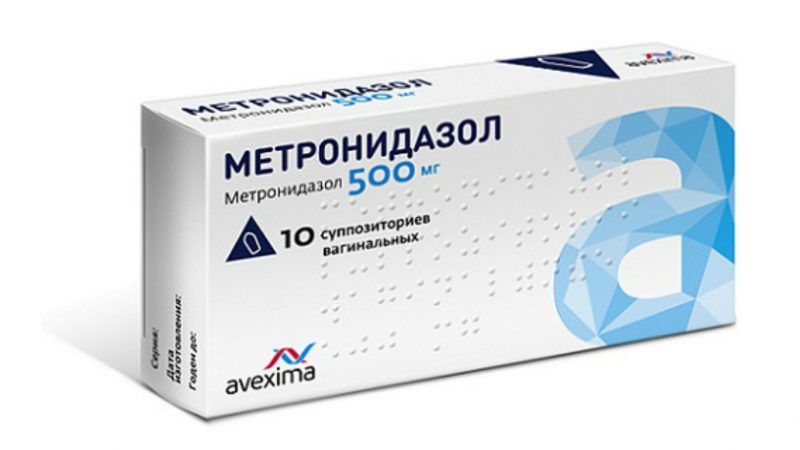Colpitis is one of the most common gynecological diseases in women of reproductive age. It is characterized by the development of inflammation in the vaginal mucosa and is manifested by itching, pain and unpleasant discharge. The gynecologist is responsible for identifying the symptoms and treating colpitis, who should be consulted at the slightest discomfort. If you do not start fighting the infection in time, it will go to neighboring organs (uterus, urethra) and can cause complications.
Material Content:
Colpitis disease - general characteristics
Vaginal inflammation - colpitis or vaginitis - develops due to pathogenic microflora entering the delicate mucous membrane. Often the infection covers not only the vagina, but also the external organs - the vulva. In such cases, a complex disease occurs - vulvovaginitis.

In gynecology, pathology takes first place in prevalence. Colpitis is found in every 3-4 women, it is associated with an insufficient level of intimate hygiene and a decrease in the supporting forces of the immune system.
Depending on the pathogen that provoked the appearance of inflammation, several types of colpitis are distinguished, for example, trichomoniasis, gonorrhea, candidiasis. If a bacteriological study of vaginal discharge reveals several different gram-negative or positive bacteria, they speak of nonspecific vaginitis.
Treatment includes a set of measures that are aimed at destroying the pathogen, neutralizing unpleasant symptoms and preventing complications.Various forms of drugs and therapeutic procedures are used - suppositories (rectal and vaginal), tablets, and douching.
Causes of colpitis
For the occurrence of colpitis, a prerequisite is the presence of a pathogen - pathogenic microflora. It can be introduced into the vagina from the external environment or through the hematogenous route from foci of infection in the body, which is often found in children. Also, if there are favorable factors, the intrinsic microflora of the vagina, which is normally always located on the mucous membrane, can become pathogenic and cause inflammation. Usually this happens during hormonal surges, for example, during pregnancy, or as a result of uncontrolled medication.
Factors that increase the risk of vaginitis:
- Indiscriminate sex life and the use of contraception, which does not protect against diseases transmitted during sexual intercourse.
During sex, pathogens can easily switch from a man’s penis to the vaginal mucosa and cause inflammation. Frequent partner changes significantly increase the risk of developing colpitis, since the microflora of a woman does not have time to recover, and her immune abilities are reduced.
- Suppression of the activity of normal flora.
It arises due to poor environmental living conditions, frequent stresses and after prolonged use of antibiotics or hormonal drugs. The normal microflora of the vagina becomes dangerous, and itself provokes vaginitis. In addition, the body's ability to withstand pathogenic microbes that penetrate from the outside decreases.
- Mechanical effects on the mucous membrane.
When integrity is damaged, the supporting ability of the mucous membrane decreases, a microbe easily penetrates into the resulting wound. This is possible with a sloppy gynecological examination, vigorous sexual intercourse without enough lubrication, after operations or examinations that are carried out through the vagina (curettage, hydrotubation).
- Non-observance of aseptic during surgery or childbirth.
If medical personnel do not adhere to aseptic rules, they can introduce the infection into the woman’s vagina. Often this happens during criminal abortions that are performed outside of honey. institutions. It is characteristic that the infection spreads to all organs and causes not only colpitis, but also endometritis, parametritis and even peritonitis.
- Neglect of hygiene.
Neglecting the rules of hygiene, the girl creates favorable conditions for the existence of pathogenic microorganisms in her intimate zone. This is especially true for the period of menstruation, since in a medium with blood, microbes are activated and multiply faster.
Symptoms of colpitis in women. Diagnostics
The intensity of the symptoms and the nature of the discharge varies depending on which microbe caused the inflammation.

The main symptoms include:
- pathological discharge;
- discomfort in the vagina - soreness, itching, burning;
- inability to have sex;
- increased pain during urination.
Diagnosis is based on the patient's complaints, examination data in the mirrors and bacterioscopic examination (smear for vaginal cleanliness). Also, in order to determine the specific pathogen (Trichomonas, Chlamydia), a bacteriological study is carried out - the patient’s vaginal discharge is applied to a special environment, where the pathogen is cultivated a few days later.
During a gynecological examination in the acute stage, the mucous membrane is swollen, red, covered with a purulent or serous bloom. In severe cases, when touched, it can bleed.
If colpitis becomes chronic, the clinical picture fades, the manifestations become invisible.It is characterized by slight discomfort and slight reddening of the vagina. During an exacerbation, symptoms of acute vaginitis develop.
Types of colpitis
There are many different classifications of colpitis, but one of the main is the type of infectious agent that caused the development of inflammation. A specific and non-specific form of lesion is distinguished.

The cause of specific colpitis is infection with a specific, always pathogenic pathogen:
- gonococcus;
- chlamydia
- pale treponema (syphilis);
- Trichomonas;
- Koch's wand (tuberculosis).
Nonspecific vaginitis appears due to the vital activity of bacteria, which normally always have vaginal secretions. Under certain conditions, its own microflora becomes pathogenic and provokes the appearance of the disease.
These microorganisms include:
- streptococcus, proteus or Escherichia coli - bacterial damage;
- Candida mushrooms - fungal colpitis;
- herpes, papillomavirus - the viral etiology of the disease.
A mixed form is also possible when several pathogens are found in the vaginal secretions at once. If at least one of the specific ones is found among the association of microorganisms, then colpitis is considered specific, despite the presence of different flora.
Manifestations of different types of vaginitis are similar to each other, mainly only the treatment of diseases differs.
Atrophic colpitis
The female hormone - estrogen - has a huge effect on the genital area, including the vaginal epithelium. If its level changes, the mucous membrane lends itself to structural and functional changes. With a decrease in the concentration of estrogen in the blood, the epithelium becomes thinner and atrophies. Typically, this type of colpitis is observed during and after physiological menopause (senile colpitis) or after an artificially induced hormone deficiency.
Symptoms of atrophic colpitis are similar to the manifestations of other vaginitis. A distinctive feature is the development of the disease at an older age and the absence of secretions. Patients, on the contrary, complain of excessive dryness.
For the development of atrophic vaginitis, the penetration of a foreign agent is not necessary, but since the epithelium loses its protective properties, the pathogenic microflora joins the normal microorganisms of the vagina.
Trichomonas colpitis
Trichomonas colpitis is a specific form of vaginitis. It refers to infections that become infected during sexual intercourse with a pathogen carrier. The first symptomatology begins to appear 5-15 days after the pathogenic microorganism (trichomonads) enters the body.
Patients complain of the appearance of foamy discharge, which has an unpleasant odor, burning and itching of the genitals. On examination, significant redness and swelling of the vagina is visible, erosion may appear on the cervix.
Colpitis treatment should be carried out immediately at both partners, so that they do not infect each other in turn. It is also forbidden to engage in sexual relations before recovery.
Candidiasis vaginitis
Candidiasis refers to non-specific, fungal infections. Mushrooms of this kind are normally found in the secret of the vagina, but under certain conditions (taking antibiotics, pregnancy) they change their vital functions and cause inflammation.
With candidiasis, the symptom that brings the most discomfort is unbearable itching. Also, patients note the appearance of secretions, which resembles a curd mass, and have a sour smell. The intensity of the clinical picture can either weaken or increase during the whole illness.
Colpitis during pregnancy
During the bearing of a child, the woman’s body lends itself to constant hormonal and physical changes. The development of colpitis during pregnancy is not uncommon, a nonspecific lesion is usually detected.Due to jumps in hormones, the physiological microflora becomes pathogenic and provokes the development of vaginitis. More often than other species, candidiasis occurs.

It is important to identify and cure colpitis during pregnancy, especially if it occurs in the third trimester. Since the child will pass through the birth canal, including the vagina, and he risks becoming infected with microorganisms that have not been neutralized.
Only an obstetrician-gynecologist can prescribe medications and methods of their administration, since during pregnancy it is forbidden to use most of the usual drugs.
Colpitis treatment
It is important not to ignore the symptoms and begin treatment for colpitis, since microorganisms can multiply and spread to neighboring organs, which will lead to the development of complications.
For local therapy, douching with antiseptic solutions is prescribed - potassium permanganate, furatsilin, chlorhexidine. For the procedure, you can not use too concentrated solutions so as not to damage the delicate epithelium, for example, potassium permanganate should be pale-pale pink. Douching can be done no more than once every two days, the course of treatment should not exceed 7 days.

Chlorophyllipt is well established, it is used for douching and medical tampons:
- douching - take 1 tablespoon of 1% solution and dilute in a liter of boiled water, then douching;
- swabs - take a 2% oil solution, moisten a swab in it and insert into the vagina for 3-4 hours.

Of the medicines prescribed rectal or, more often, vaginal suppositories that have an antimicrobial effect - Terzhinan, Metronidazole.

Antibacterial therapy is selected depending on the pathogen that caused colpitis.
In the recipes of traditional medicine, decoctions of chamomile, sage, oak bark are often found. Decoctions of these plants are recommended to be douched, to make baths and to moisten tampons. One of the specific methods of traditional medicine is douching with your own urine, but its effectiveness has not been proven, and safety is questionable. In any case, before resorting to unconventional health recipes, it is advisable to consult with your doctor.
Complications and consequences of colpitis
Colpitis is not a dangerous disease, but with prolonged ignoring of symptoms, it leads to unpleasant and serious consequences:
- infection spread - endometritis, pelvioperitonitis, sepsis;
- ectopic pregnancy;
- increased risk of spontaneous abortion or premature birth;
- intrauterine transmission of infection to the fetus.
With proper treatment, colpitis passes quickly and without a trace, without attracting any trouble.
Prevention of colpitis in women
In order not to encounter such a problem as vaginitis, every woman should adhere to several rules:
- observe intimate hygiene;
- use condoms for every sexual intercourse;
- have a regular partner;
- take hormonal and antibacterial medications only as prescribed by your doctor;
- avoid trauma to the walls of the vagina.
To increase the resistance of the mucous membrane to the development of colpitis, it is necessary to increase the amount of fresh vegetables, fruits, and dairy products in the diet. But sweet and flour is better to limit. This will help to form a resistant vaginal microflora.












